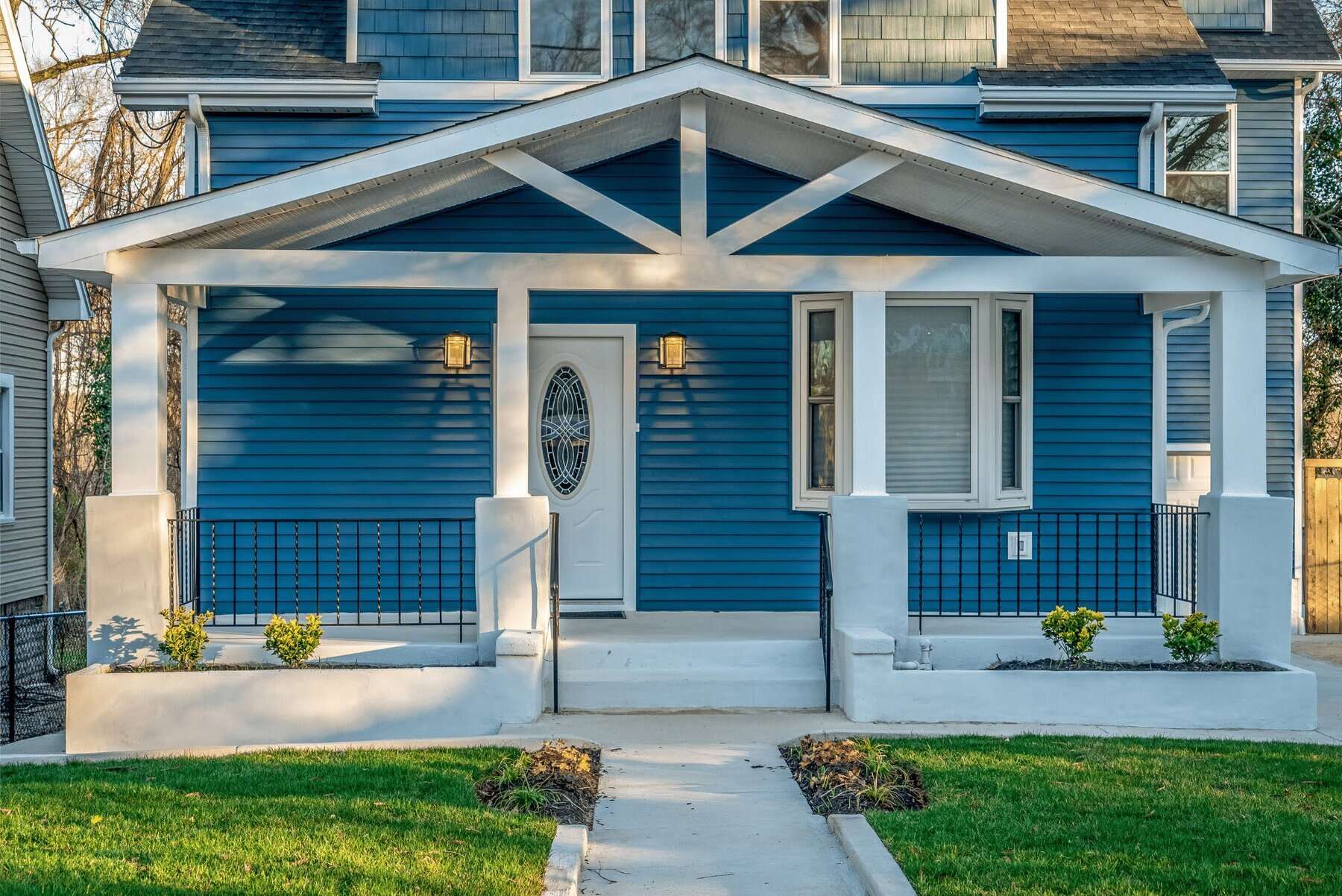

Articles
How Much For A Porch Construction Project
Modified: January 31, 2024
Discover articles about porch construction and find out how much it costs to build a porch. Get ideas and tips for your porch project.
(Many of the links in this article redirect to a specific reviewed product. Your purchase of these products through affiliate links helps to generate commission for Storables.com, at no extra cost. Learn more)
Introduction
Adding a porch to your home can not only enhance its curb appeal, but also provide a functional and inviting outdoor space for relaxation and entertainment. But before embarking on a porch construction project, it’s important to understand the factors that can affect the cost. From materials and design options to additional features and labor costs, there are several variables that can impact the overall price of building a porch.
In this article, we will delve into the various aspects that determine the cost of a porch, providing you with valuable information to help you plan and budget accordingly. Whether you’re considering a simple front porch or an expansive wrap-around design, understanding the financial implications will ensure that you make informed decisions throughout the construction process.
Let’s explore the different factors that can influence the cost of a porch and help you determine how much you might need to budget for your upcoming project.
Key Takeaways:
- Understanding the factors that influence porch construction costs, such as size, materials, and design, is crucial for informed decision-making and budgeting. Balancing desired features with budget ensures a successful project.
- Exploring financing options, cost-saving strategies, and consulting with professionals can help make porch installation more affordable. Careful planning, budgeting, and attention to detail are essential for a successful and rewarding porch construction project.
Read more: How Much To Paint A Porch
Factors that Affect the Cost of a Porch
When it comes to estimating the cost of a porch, there are several factors that can greatly influence the final price. By understanding these factors, you can make informed decisions about what type of porch best suits your needs and budget. Here are some key factors to consider:
- Porch Size: The size of the porch is one of the primary factors that determines the cost. Larger porches require more materials and labor, resulting in higher overall costs. Additionally, the complexity of the design and the number of entry points can also affect the cost.
- Porch Materials: The choice of materials for your porch will significantly impact the cost. Common materials include wood, composite decking, concrete, and stone. Each material has its own cost per square foot, with composite decking typically being the most expensive and concrete being the most cost-effective.
- Porch Design: Complex or intricate porch designs with unique shapes and patterns can increase the cost of construction. Additional architectural features such as columns, railings, and decorative accents can also add to the overall expense.
- Location: The geographical location of your home can affect the cost of materials and labor. Prices can vary from one region to another due to factors like supply and demand, local building codes, and even the cost of living in that area.
- Site Preparation: If your property requires extensive preparation work, such as clearing trees, excavating uneven ground, or removing existing structures, it can add to the overall cost of the porch construction.
Other factors that can influence the cost include the complexity of the porch roof design, the need for additional electrical or plumbing work, and the inclusion of features such as integrated seating, lighting, or heating systems.
Keep in mind that while these factors can affect the cost, they also contribute to the overall value and functionality of your porch. It’s important to strike a balance between your desired features and your budget to ensure a successful and satisfying porch construction project.
Porch Materials and their Costs
Choosing the right materials for your porch is crucial both in terms of aesthetics and cost. The material you select will not only determine the overall look of your porch but also impact its durability and maintenance requirements. Here are some common porch materials and their associated costs:
- Wood: Wood is a classic choice for porch construction. It offers a timeless beauty and can be stained or painted to match your home’s exterior. However, wood requires regular maintenance to prevent rot and decay. The cost of wood varies depending on the type of wood used, with hardwoods like ipe or mahogany being more expensive than softer woods like pine or cedar.
- Composite Decking: Composite decking is a popular alternative to wood due to its durability, low maintenance, and resistance to moisture and insects. It is made from a combination of wood fibers and recycled plastic. While composite decking has a higher upfront cost compared to wood, it tends to have a longer lifespan and requires less maintenance, making it a cost-effective choice in the long run.
- Concrete: Concrete is a versatile and affordable option for porch flooring. It offers durability and can withstand various weather conditions. Concrete can be stamped, stained, or painted to mimic more expensive materials such as stone or tile. The cost of concrete largely depends on the complexity of the design and any additional decorative finishes.
- Stone: Natural stone, such as flagstone, granite, or limestone, can create a stunning and luxurious porch. However, the cost of stone can be significantly higher compared to other materials. It requires professional installation due to its weight and may also require ongoing maintenance to prevent cracks or erosion.
It’s important to consider not only the initial cost of the materials but also their long-term durability and maintenance requirements. While some materials may have a higher upfront cost, they may offer greater longevity and require less maintenance, resulting in cost savings over time.
Ultimately, the choice of porch material should align with your budget, aesthetic preferences, and desired level of maintenance. Consulting with a professional contractor can help you make an informed decision based on your specific needs and requirements.
Porch Design Options and their Impact on Cost
When it comes to designing your porch, there are various options to consider that can impact both the functionality and cost of the project. The design you choose will not only affect the overall appearance of your porch but also influence the complexity of construction and materials required. Here are some porch design options and their impact on cost:
- Open vs. Enclosed Porch: An open porch is a simple design with no walls or screens, providing a sheltered outdoor space. This is typically the most cost-effective option as it requires fewer materials and labor compared to an enclosed porch. On the other hand, an enclosed porch offers more protection from the elements but involves additional construction and may require windows, screens, or doors.
- Roof Design: The design of your porch roof can also affect the cost. A basic shed or gable roof is generally more affordable, while more complex designs like hip or mansard roofs can raise the construction cost due to additional materials and labor involved.
- Porch Foundation: The foundation of your porch is important for stability and longevity. A simple concrete slab foundation is typically the most cost-effective option. However, if your porch requires deeper footings or a crawl space foundation, it can increase the construction cost.
- Railings and Balusters: Adding railings and balusters to your porch not only enhances safety but also adds aesthetic appeal. The choice of materials for railings, such as wood, aluminum, or wrought iron, can impact the cost. Intricate designs or custom-made railings may also increase the overall expenses.
- Stairs and Entry Points: The number and design of stairs and entry points to your porch can affect the complexity of the construction and subsequently impact the cost. Additional steps, landings, or ramps may be required based on the elevation and accessibility of your porch.
It’s important to consider your specific needs and budget when selecting the design options for your porch. While more elaborate designs can increase the cost, they can also add significant value and visual appeal to your home. Consulting with a professional contractor or designer can help you determine the most suitable and cost-effective design options that align with your preferences and budget.
Additional Features and Upgrades that Increase Porch Cost
When planning your porch construction, you may want to consider incorporating additional features and upgrades to enhance the functionality and aesthetic appeal of your space. However, it’s important to note that these features can increase the overall cost of your porch project. Here are some popular additions and upgrades that can impact the cost:
- Screening: If you want to enjoy your porch without worrying about bugs or debris, adding screens is a great option. Screened-in porches provide a comfortable and pest-free environment, but they will require additional materials and labor.
- Outdoor Lighting: To create a welcoming ambiance and improve safety, including outdoor lighting in your porch design is a popular choice. This can include overhead fixtures, wall sconces, or even integrated accent lighting. The cost will depend on the type and number of lights you choose.
- Ceiling Fan: Installing a ceiling fan on your porch can increase comfort by creating a gentle breeze and helping to circulate air. This feature will require electrical connections and potentially structural reinforcement, resulting in additional costs.
- Heating or Cooling Systems: If you live in an area with extreme temperatures, you may want to consider adding heating or cooling systems to your porch to make it usable year-round. This can include space heaters, radiant heating, or even ductless mini-split air conditioning units. The cost will depend on the size of your porch and the type of system chosen.
- Built-in Seating: Integrating built-in seating into your porch can provide comfort and convenience. Whether it’s benches, built-in benches, or even built-in storage, this feature adds functionality but will require additional materials and labor.
Keep in mind that the more features and upgrades you incorporate into your porch, the higher the cost will be. It’s important to prioritize which additions are most important to you and fit within your budget. Discussing your options with a professional contractor will help you determine the feasibility and estimated costs of including these additional features and upgrades in your porch construction project.
When budgeting for a porch, consider factors such as size, materials, labor costs, and any additional features like lighting or railings. Get multiple quotes from contractors to compare prices.
Read more: How Much Is It To Enclose A Porch
Labor Costs for Building a Porch
When it comes to building a porch, labor costs can be a significant portion of the overall project expenses. Hiring skilled professionals is essential to ensure the construction is done correctly and safely. The labor costs associated with building a porch can vary based on several factors:
- Scope of the Project: The size and complexity of your porch will impact the amount of labor required. A larger and more intricate design will generally require more time and manpower, resulting in higher labor costs.
- Location: Labor costs can vary from one region to another due to differences in wages and cost of living. It’s important to research and obtain quotes from local contractors to get an accurate estimate of labor expenses for your area.
- Experience and Expertise: Hiring experienced contractors or construction crews with expertise in porch construction may come at a higher cost. However, their knowledge and skills can ensure a higher quality and more efficient construction process.
- Permits and Inspections: Depending on your local building codes, you may be required to obtain permits and undergo inspections throughout the construction process. Your contractor will factor in the time and costs associated with obtaining the necessary permits and ensuring compliance with regulations.
- Demolition and Site Preparation: If there are existing structures or terrain obstacles that need to be removed or cleared for the porch construction, it will require additional labor and equipment, resulting in increased costs.
It’s important to obtain quotes from multiple contractors and compare their labor costs to ensure you’re getting a fair price. Be wary of exceptionally low bids, as they may indicate subpar workmanship or the use of lower-quality materials. Requesting references and checking the contractor’s credentials can also help you make an informed decision.
Remember that in addition to the labor costs for the initial construction, you should also consider ongoing maintenance and potential repairs in the future. Properly installed and maintained porches will require less repair work and can save you money in the long run.
By thoroughly researching and budgeting for labor costs, you can ensure that your porch construction project is executed smoothly and within your financial means.
Average Cost of Porch Construction
The cost of porch construction can vary widely depending on numerous factors, including the size, materials, design complexity, location, and additional features. It’s important to keep in mind that these estimates are averages and can vary significantly based on individual circumstances. Here is a rough breakdown of the average cost ranges for porch construction:
- Basic Front Porch: A simple, no-frills front porch with a concrete foundation, wood or composite decking, and minimal features can start at around $5,000 to $10,000.
- Standard Porch: A standard porch that offers more square footage, additional features like railings or steps, and better-quality materials can range from $10,000 to $20,000.
- Custom Porch: If you’re looking for a larger porch with intricate designs, higher-end materials such as stone or hardwood, and additional features like lighting or seating, the cost can range from $20,000 to $50,000 or more.
- Enclosed Porch: If you opt for an enclosed porch with windows, screens, or even a four-season room, the cost can start at around $20,000 and go up depending on the size, materials, and complexity of the design.
These cost ranges are just estimates and may not include additional expenses such as permits, site preparation, or extra features like integrated heating or cooling systems. It’s essential to consult with a professional contractor to get an accurate assessment based on your specific requirements.
It’s also worth noting that the cost of porch construction can add value to your home and enhance your quality of life. A well-designed and properly constructed porch can increase curb appeal, provide additional living and entertaining space, and potentially increase the resale value of your property.
Remember that investing in quality materials and professional labor is key to ensuring the longevity and durability of your porch. It’s recommended to obtain multiple quotes from trusted contractors and carefully consider their expertise, experience, and past projects before making a final decision.
By carefully evaluating your budget, considering your desired features and materials, and consulting with professionals, you can estimate the average cost of porch construction and plan your project accordingly.
Financing Options for Porch Installation
Porches can be a significant investment, but fortunately, there are several financing options available to help you fund your porch installation. Whether you’re looking to create a simple front porch or an elaborate outdoor living space, here are some common financing options to consider:
- Savings and Personal Funds: If you have enough savings or personal funds set aside, using your own money is typically the most cost-effective financing option. By avoiding interest and loan fees, you can minimize the overall cost of your porch project.
- Home Equity Line of Credit (HELOC): A HELOC allows you to borrow against the equity you have in your home. It functions like a line of credit, giving you access to funds as you need them. HELOCs generally have flexible repayment terms and may offer tax advantages. However, keep in mind that using your home as collateral carries a certain level of risk.
- Personal Loans: Personal loans can be obtained from banks, credit unions, or online lenders. These loans provide a lump sum that you can use to finance your porch installation. Personal loans typically have fixed interest rates and repayment terms. Shop around for the best interest rates and loan terms that suit your financial situation.
- Home Improvement Loans: Some lenders offer specific home improvement loans designed to fund renovation projects. These loans may have favorable interest rates and terms. Research different lenders and compare their loan options to find the best fit for your needs.
- Credit Cards: Credit cards can be used to finance a porch installation, but be cautious of high interest rates. If you choose to use credit cards, consider opening a new card with a low introductory rate or a card that offers rewards or cashback benefits.
- Contractor Financing: Some contractors offer financing options or partnerships with financing companies to make porch installations more affordable. These financing options may have competitive interest rates and flexible repayment terms. Discuss this possibility with your contractor to see if it’s available.
Before you decide on a financing option, carefully consider the interest rates, repayment terms, and any associated fees. Determine your budget and calculate how much you can comfortably afford to borrow and repay each month.
Consult with financial advisors or loan officers to fully understand the terms and conditions of the financing option you choose. They can guide you in making an informed decision based on your financial situation and goals.
Remember to factor in the cost of the financing itself when calculating the total expense of your porch project. Keep in mind that paying for your porch upfront or using your savings is often the least expensive way to finance your installation.
By exploring these financing options and selecting the one that suits your needs, you can bring your porch installation plans to life while managing the impact on your budget and financial situation.
Tips for Saving Money on Porch Construction
When it comes to porch construction, there are several strategies you can employ to help save money without compromising the quality and functionality of your project. Consider these tips for maximizing your budget and minimizing costs:
- Set a Budget and Stick to It: Determine your budget before starting the project and try to stay within its limits. Proper planning and budgeting can help you make informed decisions and avoid unnecessary expenses.
- Plan Ahead: Take the time to carefully plan your porch design and layout. Make sure to consider all the features and materials you’ll need and include them in your initial project plan. This prevents costly changes or additions later on.
- Do Some DIY: If you have the necessary skills and experience, consider tackling some aspects of the project yourself. This can include tasks like demolition, site preparation, or even simple construction tasks. However, be cautious and ensure you have the required knowledge and legal permissions to do the work safely.
- Get Multiple Quotes: Obtain quotes from multiple contractors to compare prices. Don’t automatically choose the lowest bid, but look for a reputable contractor who offers a fair price for their quality of work. Ask for references and review their previous projects to assess their expertise.
- Consider Affordable Materials: Explore different material options and their costs. Opting for cost-effective materials like concrete or composite decking can help save money without sacrificing durability and aesthetics.
- Reuse or Repurpose: Consider repurposing or reusing materials from existing structures or renovations. Salvaging items like doors, windows, or building materials can help cut down on costs while still achieving the desired look and functionality.
- Compare Prices: Shop around for the best deals on materials, fixtures, and fittings. Compare prices from different suppliers or consider buying in bulk to secure discounts. Be mindful of quality, ensuring that cheaper options still meet your standards for durability and performance.
- Opt for Simplicity: Keep the design and features of your porch simple and straightforward. Elaborate designs and complex features can drive up costs significantly. Focus on functionality and usability while keeping aesthetic enhancements within a reasonable budget.
- Maintain Regular Maintenance: Proper maintenance can prevent costly repairs or replacements down the line. Ensure your porch is well-maintained by cleaning it regularly, addressing any issues promptly, and protecting it from the elements. Regular maintenance will extend its lifespan and save you money in the long run.
- Timing: Consider hiring contractors during their off-peak season or during slower times of the year. You may find that they offer more competitive rates or discounts during these times, helping you save money on labor costs.
Remember that while cost-saving measures are important, it’s crucial not to compromise on quality and safety. Cutting corners on essential structural components or using subpar materials can lead to costly repairs or safety hazards in the future.
By implementing these tips and closely managing your porch construction project, you can successfully save money while creating a beautiful and functional outdoor space that aligns with your budget and vision.
Read more: How Much Is A Permit To Build A Porch
Conclusion
Building a porch can be an exciting and rewarding project that enhances the aesthetic appeal, functionality, and value of your home. However, it’s important to understand the factors that can impact the cost and budget accordingly. By considering the various aspects of porch construction, from materials and design options to labor costs and financing options, you can make informed decisions throughout the process.
Factors such as porch size, materials, design complexity, and location can all influence the overall cost. It’s important to find the right balance between your desired features and your budget to create a porch that meets your needs without exceeding your financial means.
Exploring financing options, such as personal loans or home equity lines of credit, can help make your porch installation more affordable. However, it’s essential to assess the terms, interest rates, and potential risks associated with each financing option before making a decision.
Additionally, implementing cost-saving strategies, such as careful planning, obtaining multiple quotes, considering affordable materials, and reusing or repurposing existing materials, can help minimize expenses without compromising on quality.
Ultimately, the average cost of porch construction can vary widely depending on individual circumstances. By thoroughly researching and budgeting, consulting with professionals, and considering the tips outlined in this article, you can successfully plan and execute your porch project.
Take the time to evaluate your needs and preferences, and work with experienced contractors who can guide you through the process. With proper planning, financial considerations, and attention to detail, you can create a beautiful porch that enhances your home’s value and enriches your quality of life for years to come.
Frequently Asked Questions about How Much For A Porch Construction Project
Was this page helpful?
At Storables.com, we guarantee accurate and reliable information. Our content, validated by Expert Board Contributors, is crafted following stringent Editorial Policies. We're committed to providing you with well-researched, expert-backed insights for all your informational needs.
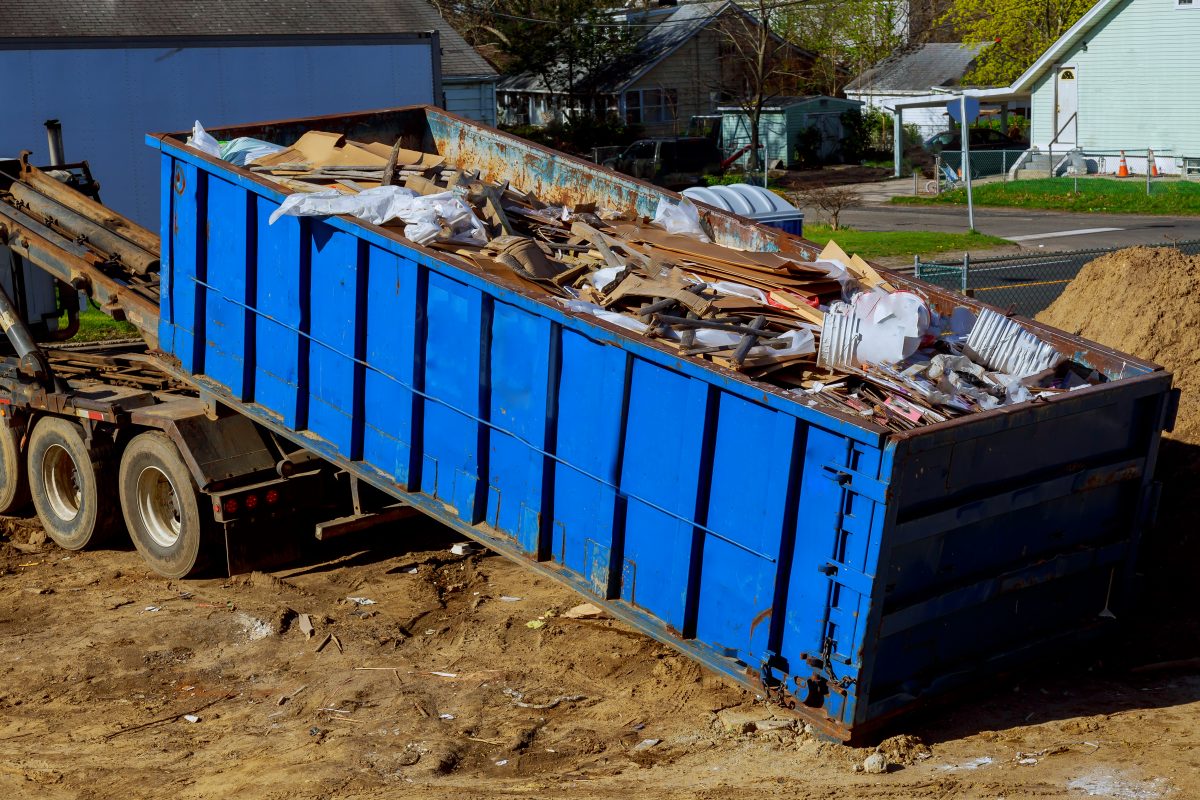

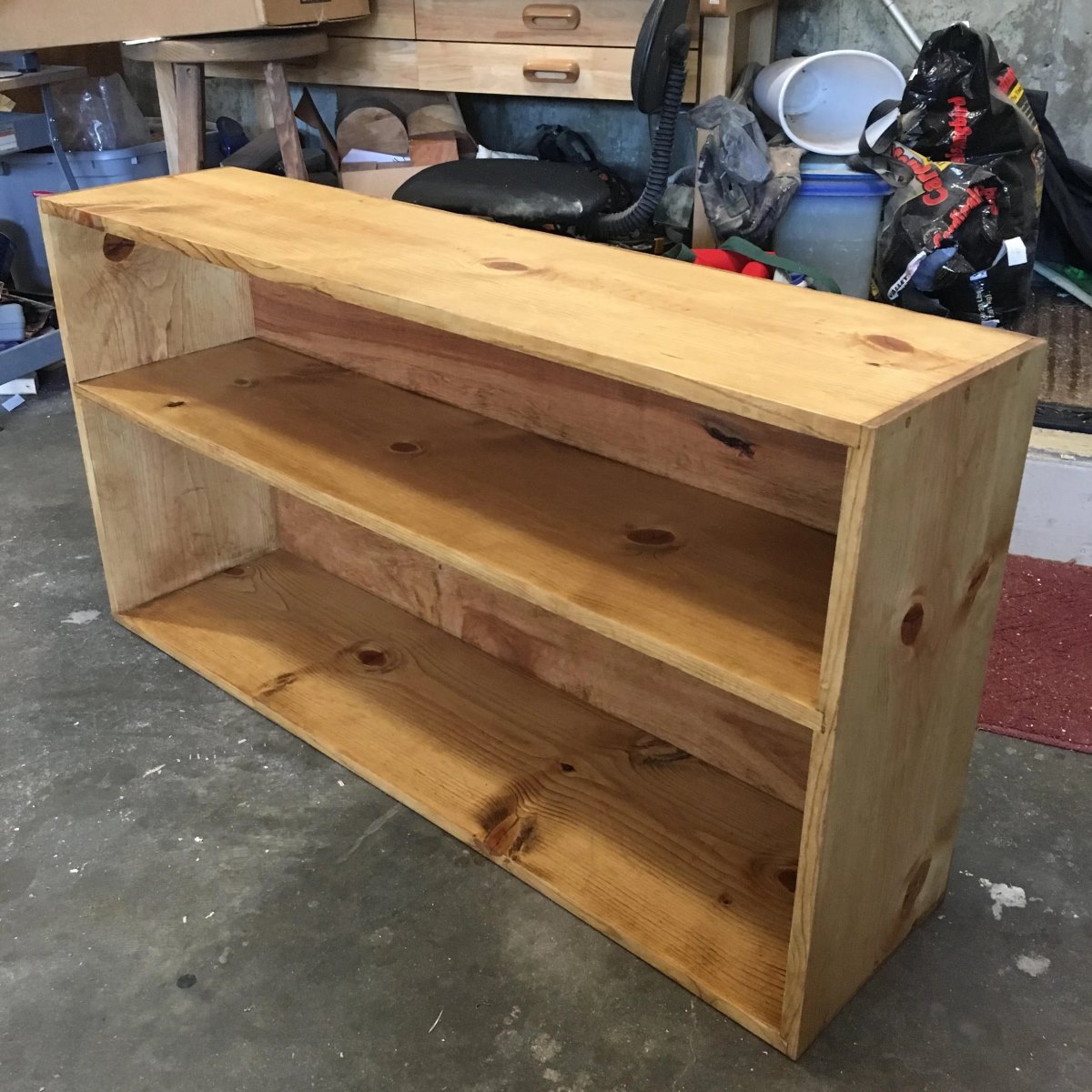
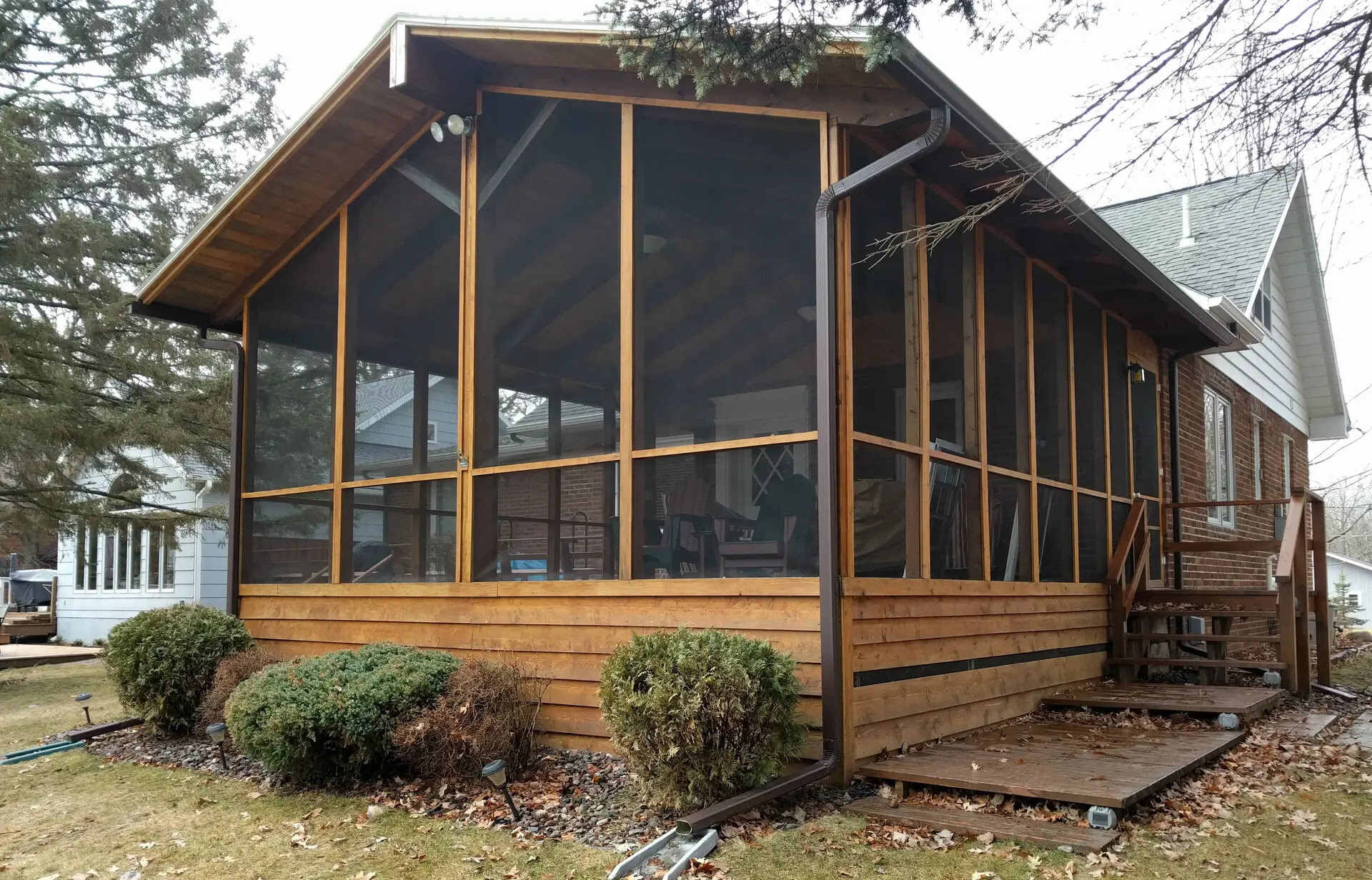
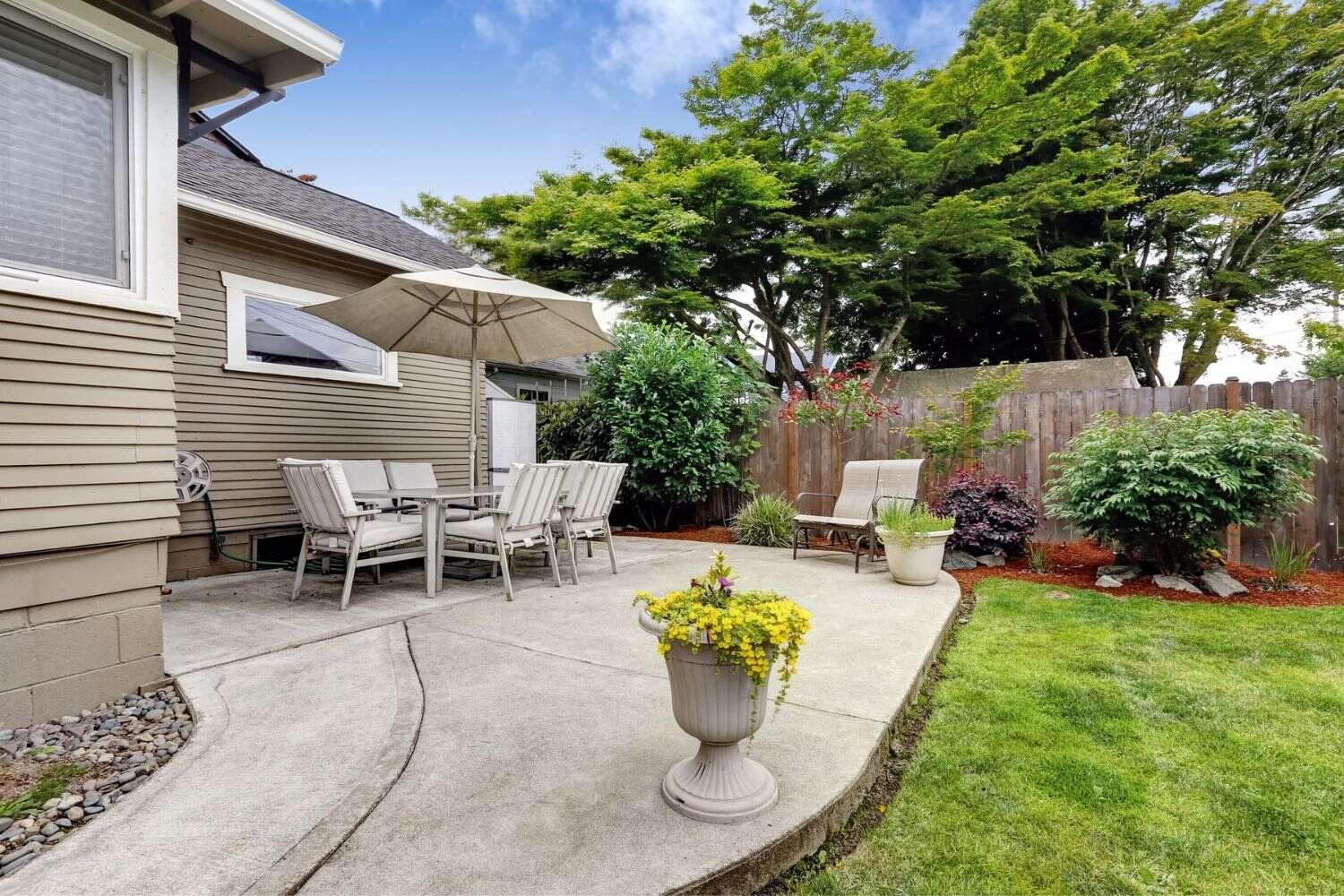
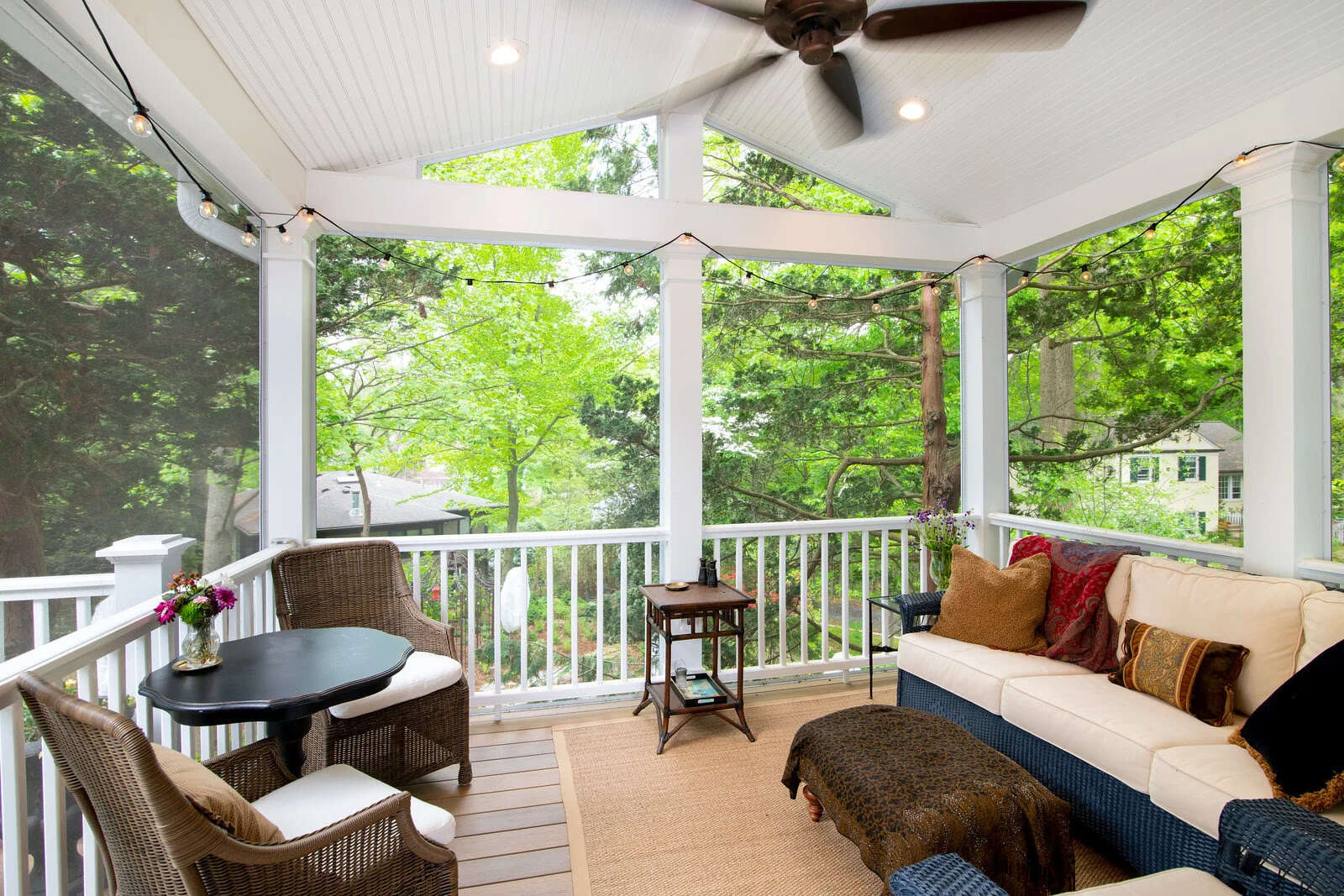
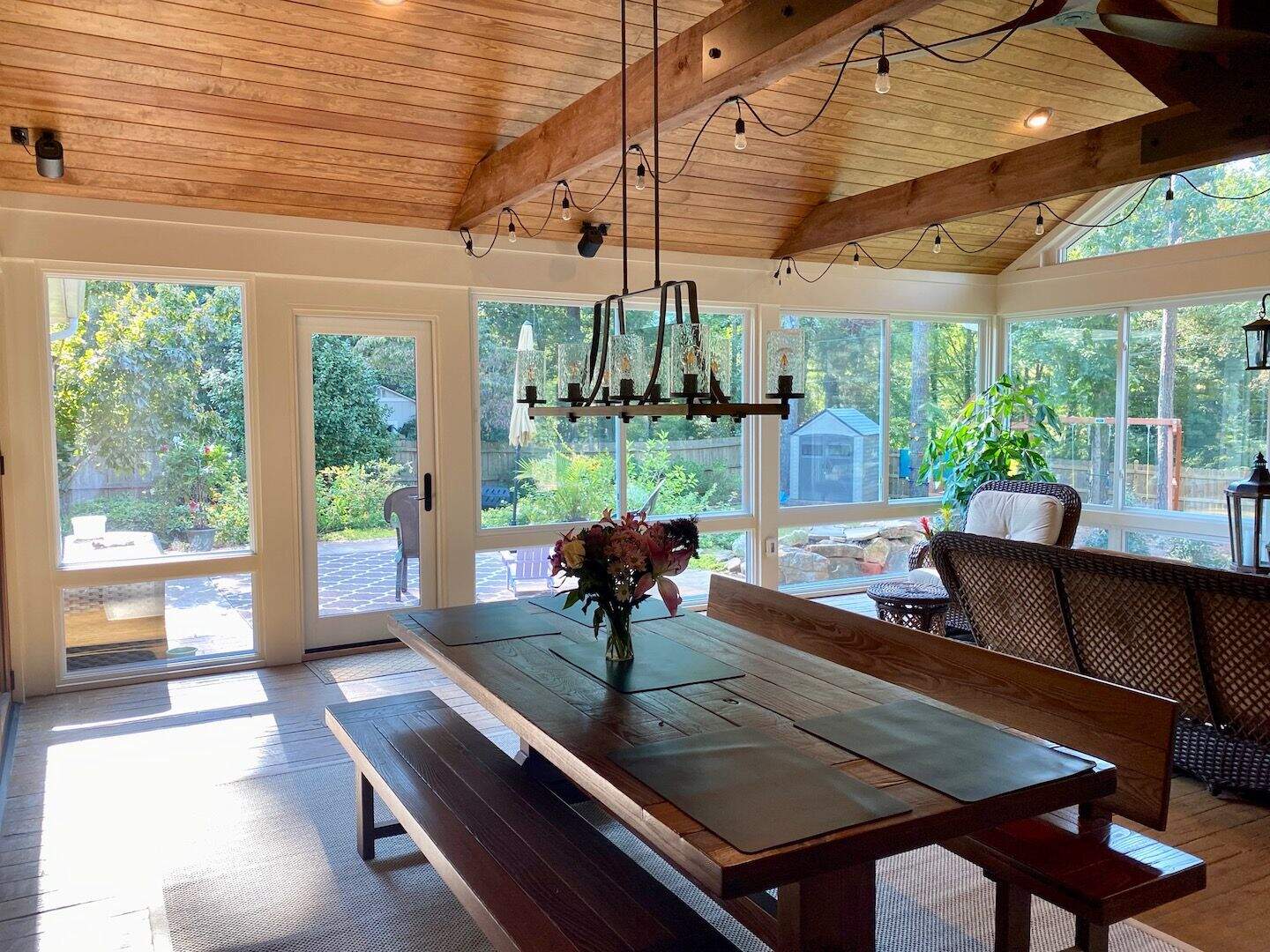
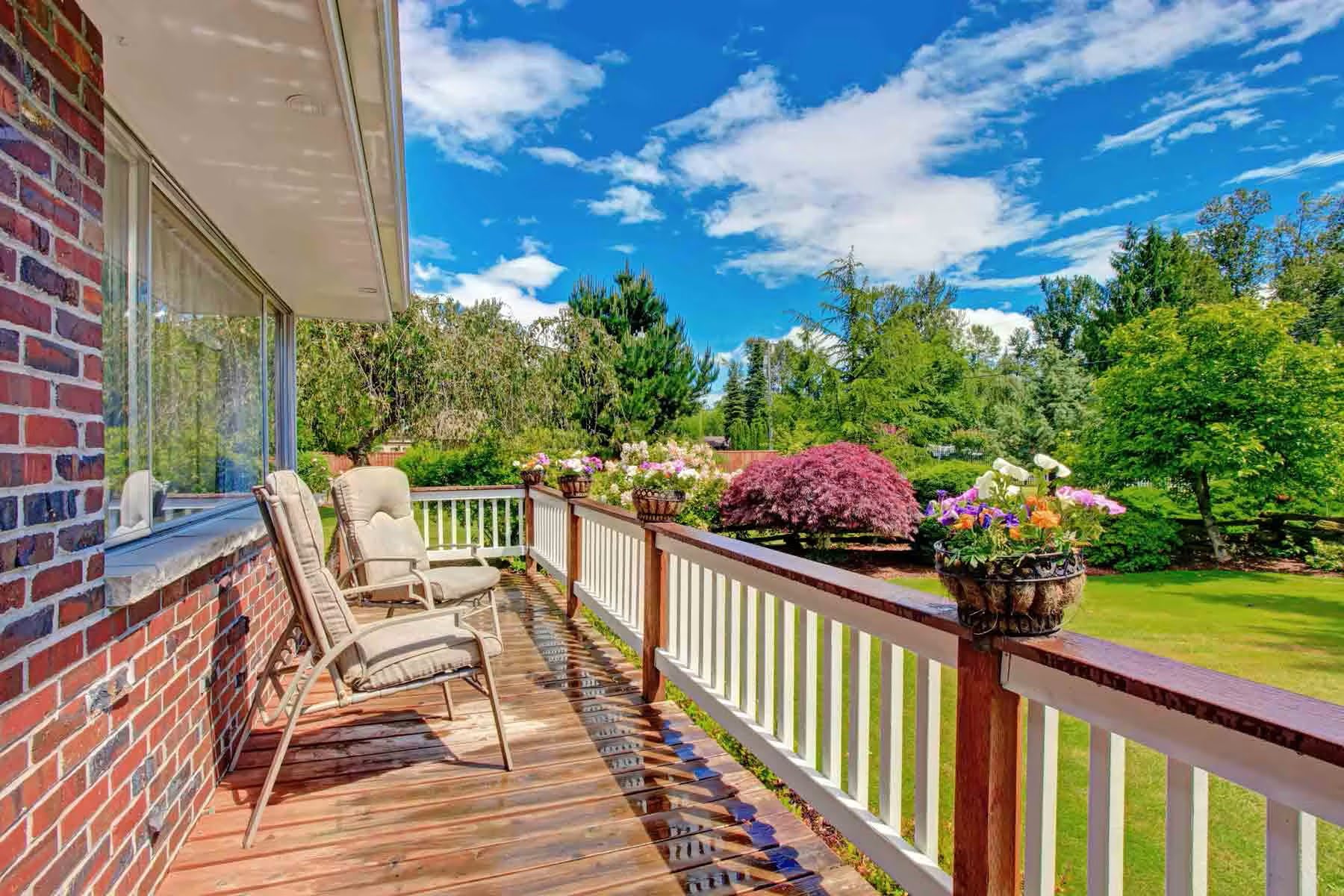
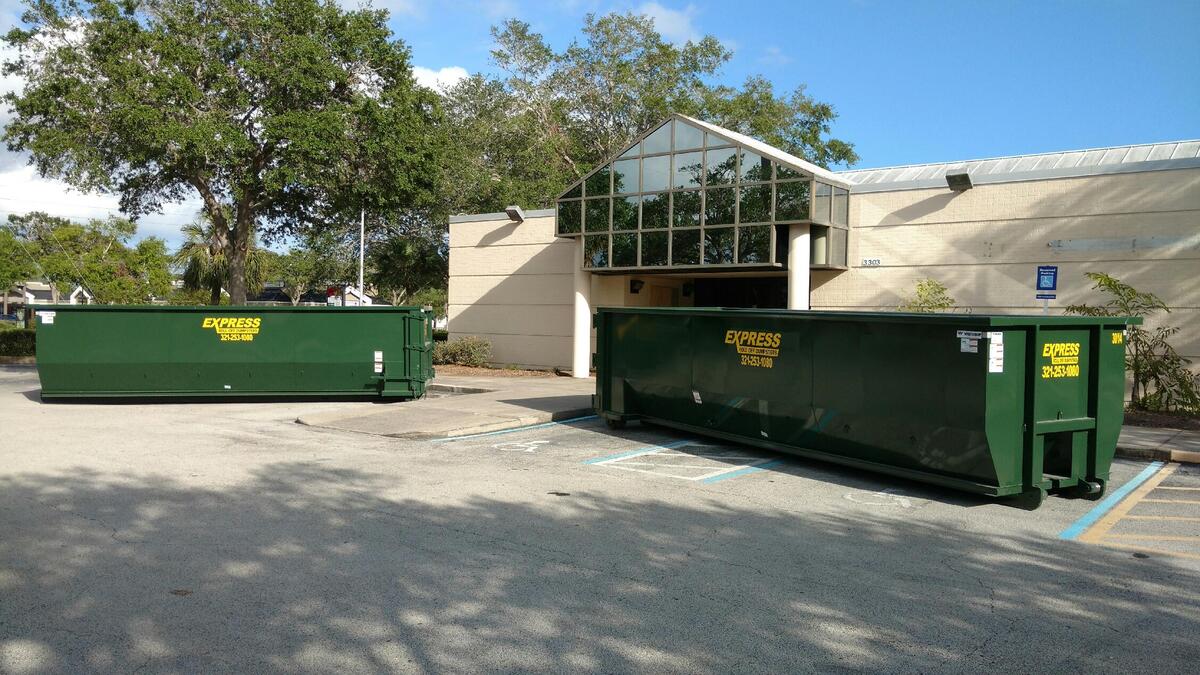
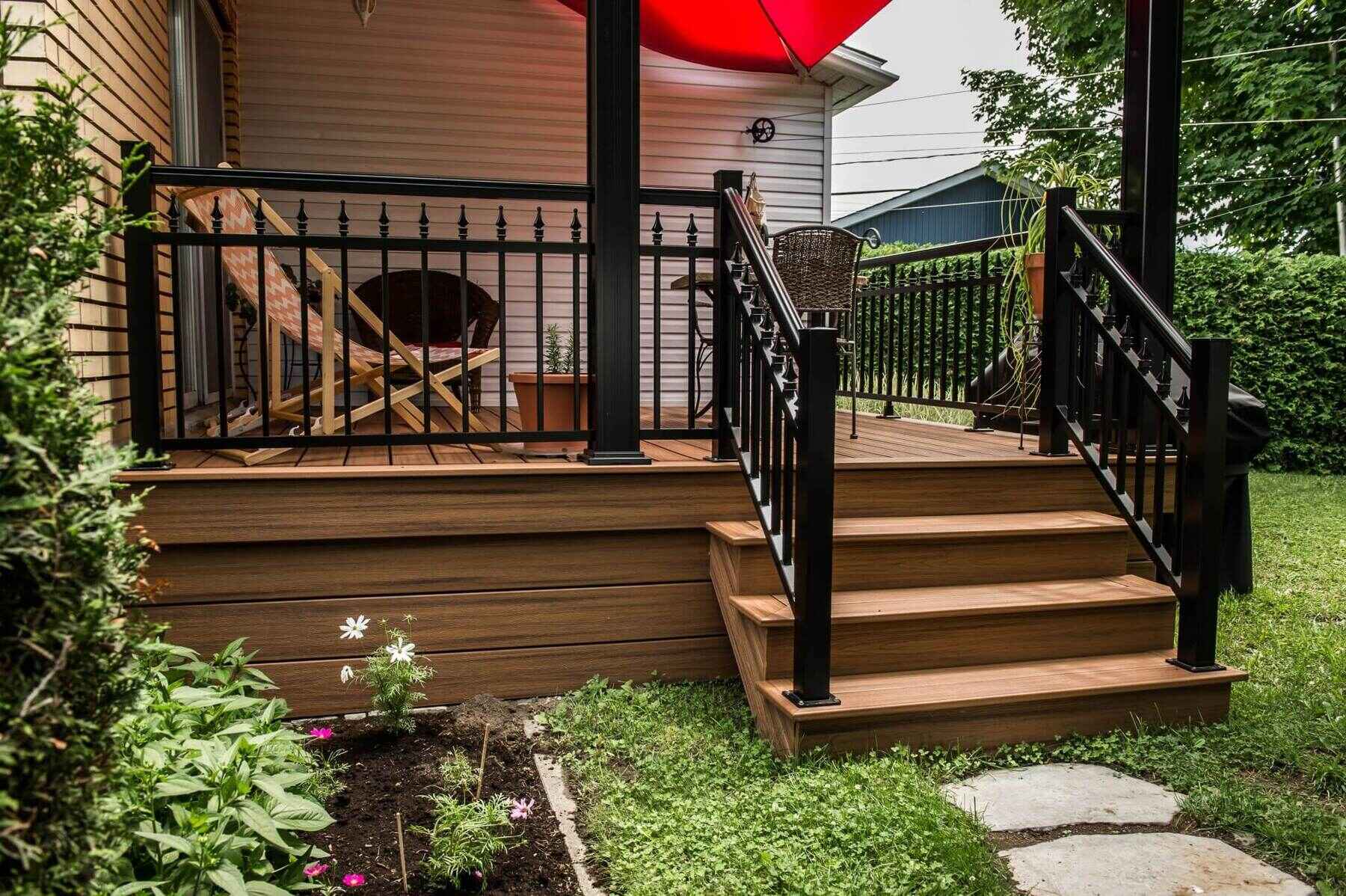
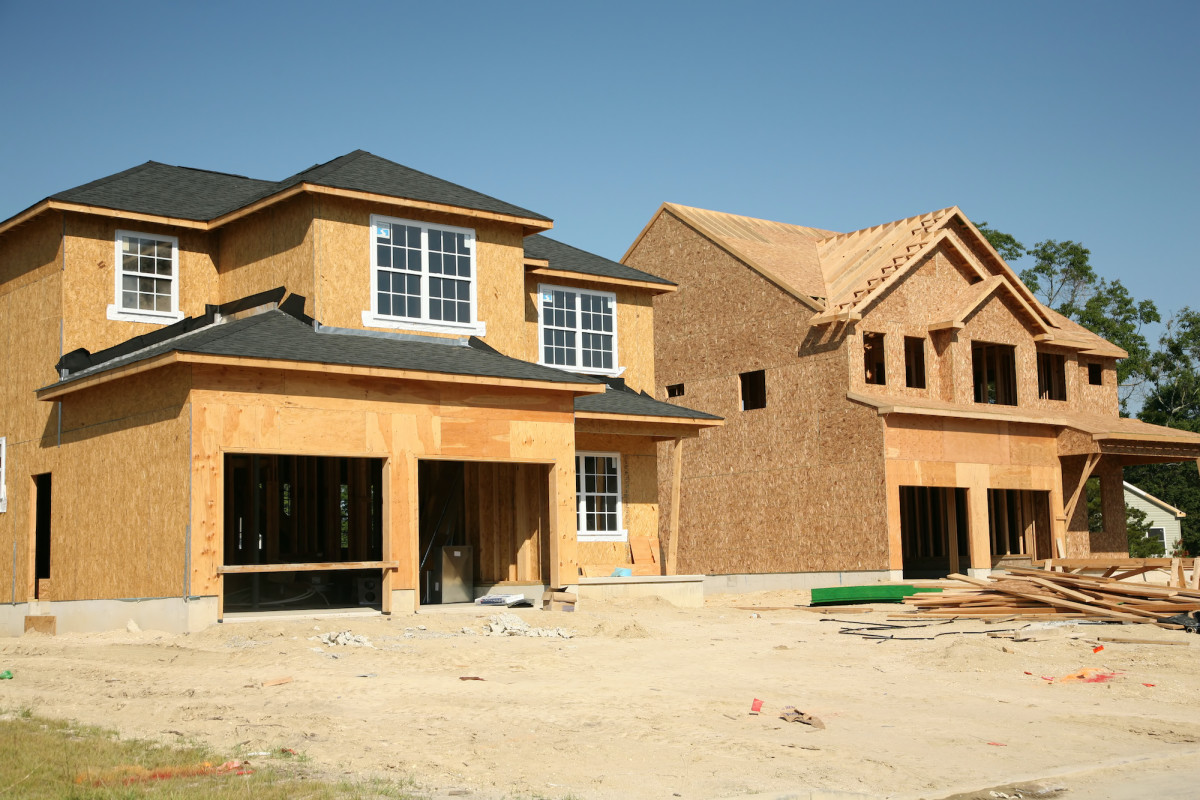
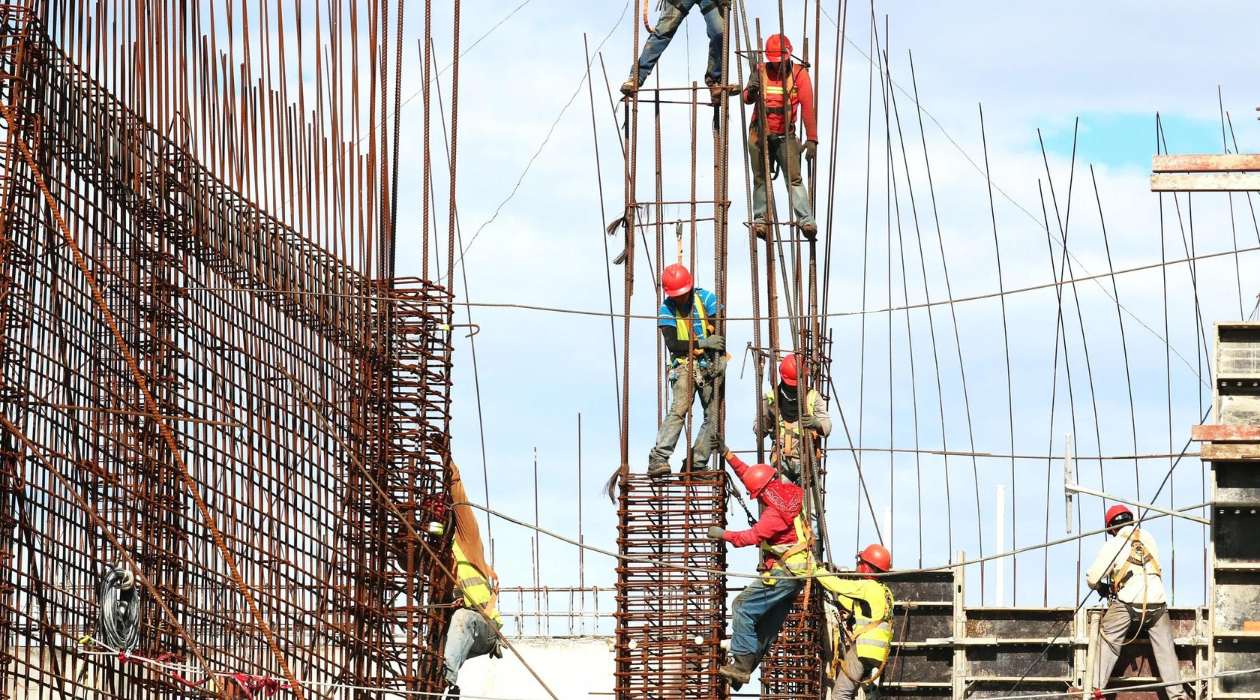


0 thoughts on “How Much For A Porch Construction Project”